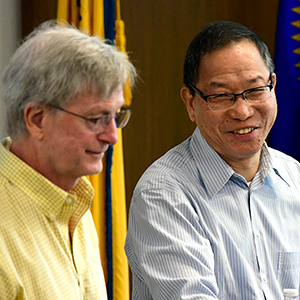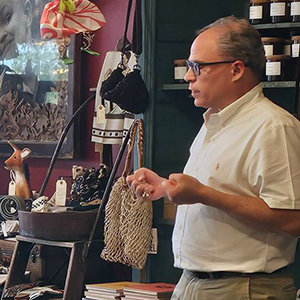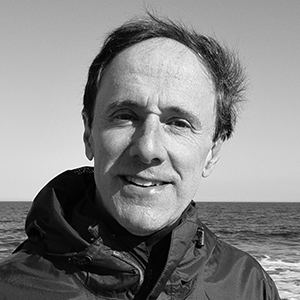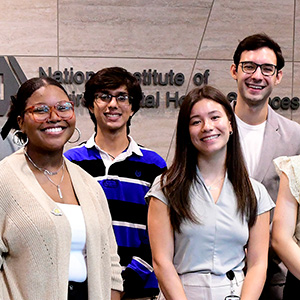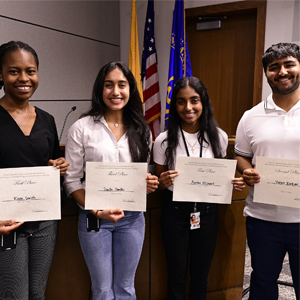Breast cancer is the leading cancer among women, according to the World Health Organization. Although there is uncertainty about precise causes of the disease, most experts agree that genetic, hormonal, and environmental factors contribute. But the mix of what is unknown and known can create challenges when communicating risks to patients.
During a Feb. 3 Keystone Science Lecture at NIEHS, Kami Silk, Ph.D., chair of the University of Delaware Department of Communication, described her work to overcome such obstacles. She aims to develop tools that healthcare providers and others can use to explain links between the environment and breast cancer, thereby enhancing prevention efforts.
Theory guides outreach
Silk and other communication scientists play a key role in the Breast Cancer and the Environment Research Program (BCERP). Funded by NIEHS and the National Cancer Institute (NCI), BCERP researchers use a multidisciplinary approach to discover how the environment may contribute to the disease. An important part of that work involves sharing findings with girls, women, parents, health advocates, physicians, and others.
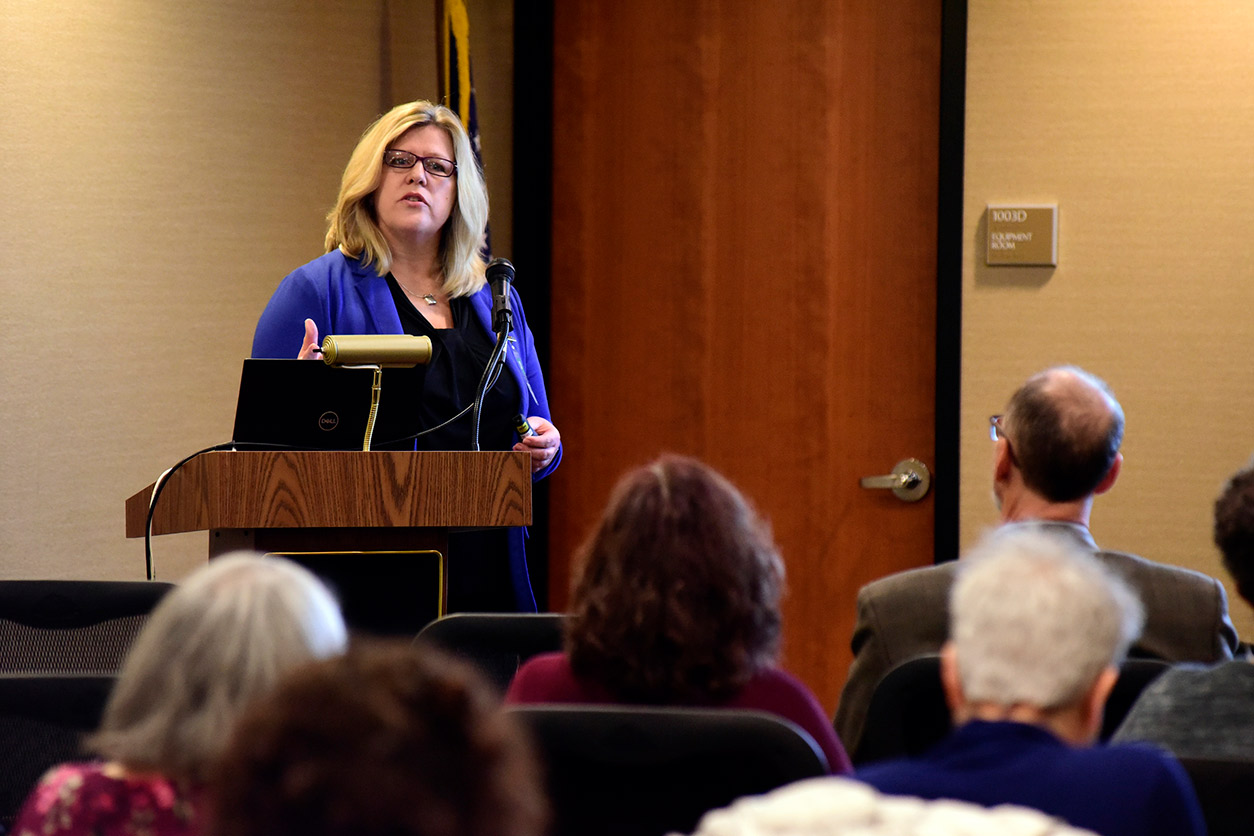 Silk has worked with BCERP since its inception in 2003, mostly through a previous position with Michigan State University. (Photo courtesy of Steve McCaw)
Silk has worked with BCERP since its inception in 2003, mostly through a previous position with Michigan State University. (Photo courtesy of Steve McCaw)“Communication scientists are trained in theory, research methods, and social and behavioral sciences,” said Silk. “Their knowledge and skills uniquely position them to translate science across societal systems to people who need health information.”
Successful translation requires more than fact sheets and brochures. Communication theory can inform outreach strategies, including the best ways to interact with different populations, according to NCI. For example, Silk uses insights from her field to guide her education efforts, and she shares such knowledge with her collaborators.
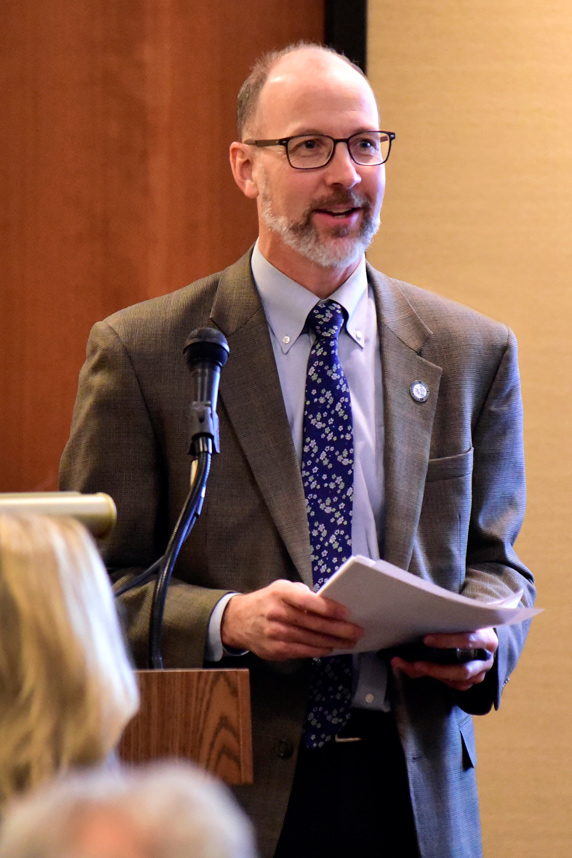 Liam O’Fallon, who coordinated the event and introduced Silk, is a health specialist in the NIEHS Population Health Branch. (Photo courtesy of Steve McCaw)
Liam O’Fallon, who coordinated the event and introduced Silk, is a health specialist in the NIEHS Population Health Branch. (Photo courtesy of Steve McCaw)“Kami has enlightened fellow researchers and advocates alike in the rigor of communication science,” said Abee Boyles, Ph.D., NIEHS program lead for BCERP. “She motivates others to develop and evaluate strong messages that promote behavioral changes to help prevent breast cancer.”
Credible communication
According to Silk, a well-known health communication strategy is to use trusted sources, such as physicians, to encourage people to adopt positive behaviors, such as exercising more.
For example, pediatric healthcare providers can help parents and caregivers understand how to prevent or reduce exposures to endocrine-disrupting chemicals (EDCs), she added. Doing so can lower girls’ lifetime chance of developing breast cancer.
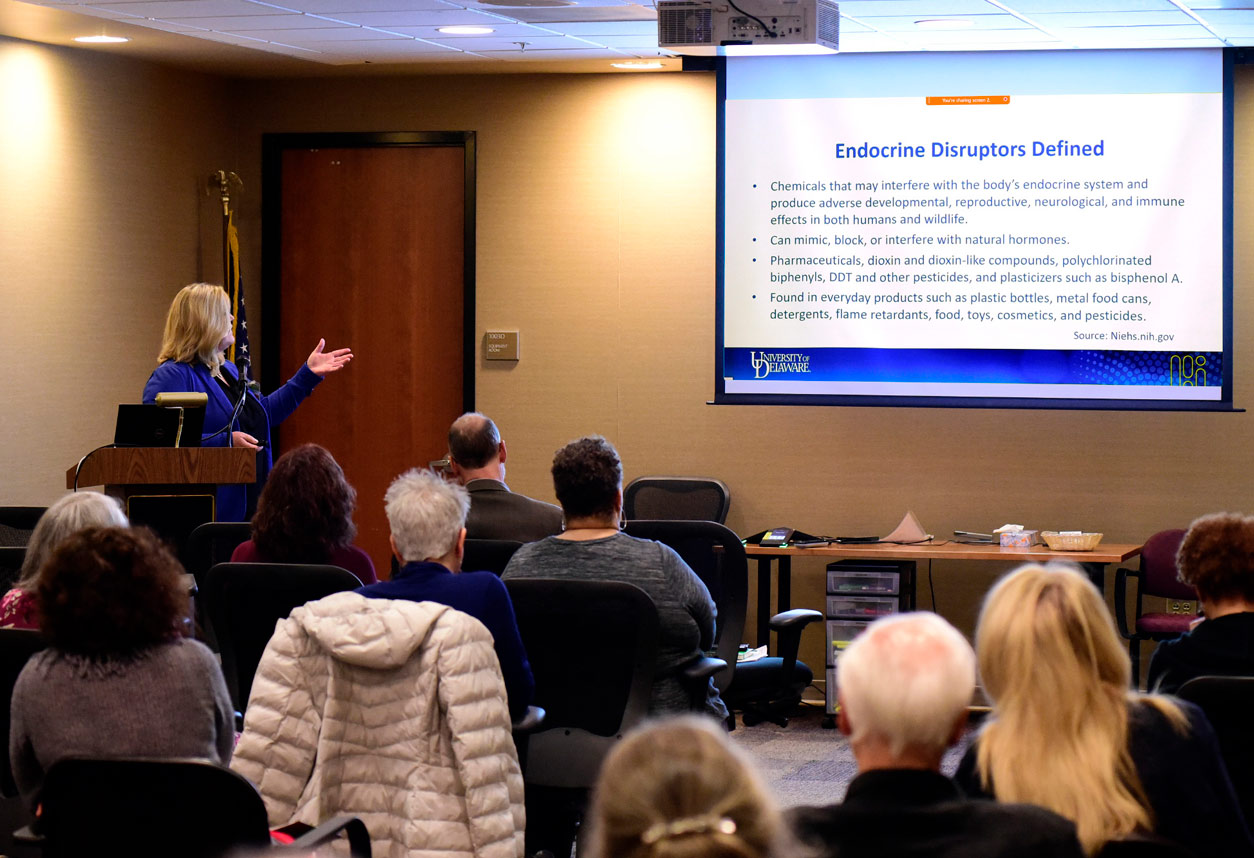 Using endocrine disruptors as an example, Silk discussed challenges that health communicators face when attempting to describe scientific terms in plain language. (Photo courtesy of Steve McCaw)
Using endocrine disruptors as an example, Silk discussed challenges that health communicators face when attempting to describe scientific terms in plain language. (Photo courtesy of Steve McCaw)Training healthcare providers
Silk’s team designed a continuing medical education (CME) course to help providers better communicate about how environmental factors can increase risk of developing the disease. Through a set of three CME training videos, pediatricians and others can learn about:
- How breast cancer is linked to the environment and lifestyle.
- Why breast development during puberty may be affected by EDCs.
- Communication strategies for sharing such information with patients.
BCERP offers this free, professionally accredited training, “The Role of Lifestyle and the Environment in Breast Cancer Risk,” on its website.
Citation: Silk KJ, Walling B, Totzkay D, Mulroy M, Smith SW, Quaderer T, Boumis J, Thomas B. 2019. Continuing medical education as a translational science opportunity for health communication researchers: the BCERP model. Health Commun; doi: 10.1080/10410236.2019.1625003.
(Carol Kelly is managing editor in the NIEHS Office of Communications and Public Liaison.)





